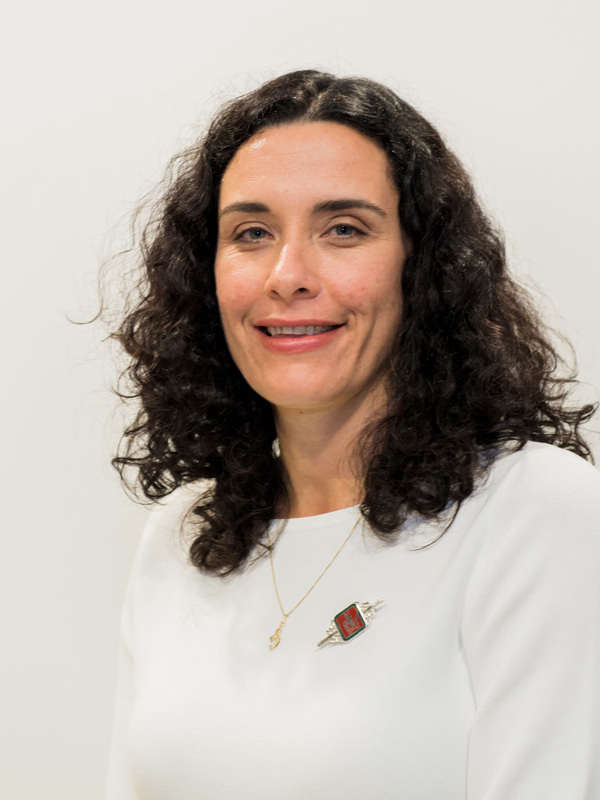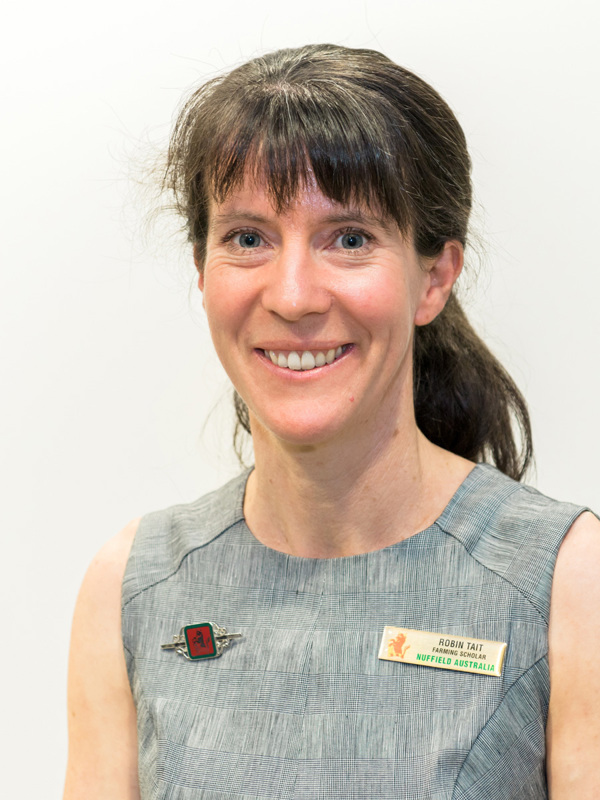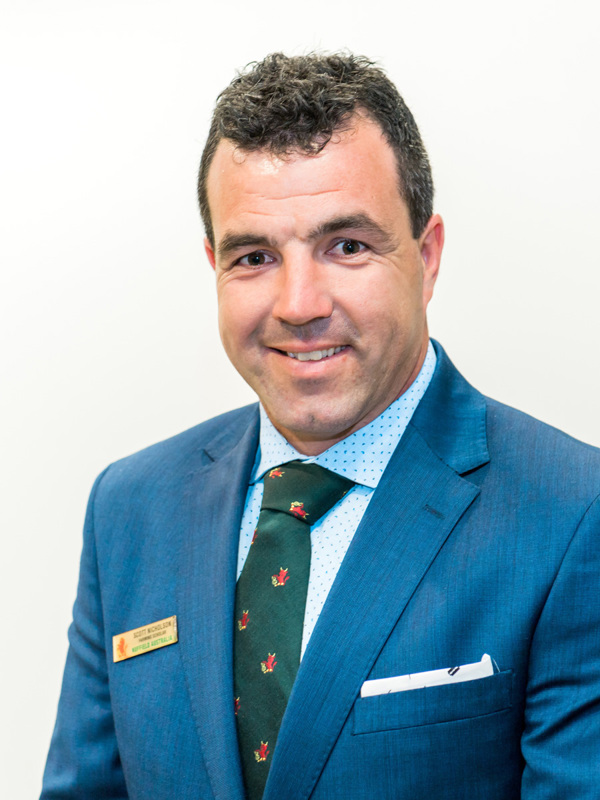
Stuart McDonald

Grain and graze: integrating livestock into a continuous cropping system
Integrating livestock into a continuous grain cropping enterprise can establish a more robust and resilient farming enterprise, by creating new revenue streams, improving the utilisation of natural water resources on-farm, and producing a healthier soil ecosystem. That’s according to 2018 Scholar and NSW farmer, Stuart McDonald, who investigated global practices that incorporate livestock into established continuous cropping systems, with support from Grains Research & Development Corporation.
Travelling across France, Ukraine, the United Kingdom, the United States and New Zealand, Mr McDonald met with farmers, research centers and universities to identify successful crop rotation and grazing systems that drive profitability and productivity on-farm. He highlighted the benefits of establishing a dual-purpose grain and graze enterprise, focusing on the implications for greater flexibility and risk diversification.
“Travelling to New Zealand, I saw firsthand the benefits driven to growers who integrated winter grazing into their operation. Many of the large breeding operations in New Zealand operate in an environment where they run out of traditional feed every autumn and winter. To supplement feeding during these periods, many farms I visited had a fodder crop worked into their rotation systems to ensure stock are supplied with high-quality finishing feed. The grazing crops were planted to suit the period of generally low feed availability experienced on breeding operations, which in New Zealand were the winter months when low temperatures shut down native feed production.”
Stuart said diversity in crop rotation establishes a more robust and resilient farming enterprise.
“Rotational crop diversity provides more options for income generation than grain only systems and can alter the focus on winter only grain production, providing greater versatility in planning times and harvest. Livestock have the unique ability to turn plant cellulose into high value protein and as a result, can generate income from a resource that otherwise has little monetary value.”
Soil health improvement was one of the more unexpected benefits identified throughout his travels, when livestock were introduced to a continuous cropping enterprise.
“When livestock are integrated with soil health in mind, there is an opportunity to build a system that allows soil to function as a vital living ecosystem that sustains plants, animals and people and generate extra returns. Adding fertility to the soil through livestock can occur in various ways. While travelling in Litcham, England, I met with local grower, Nick Doig, who witnessed significant soil health benefits by running pigs on a paddock for two years. The pig activity on the soil was extensive and successfully enhanced the fertility of the following crop. This method of extended grazing periods could now be rotated through the farm to boost soil health and productivity across the whole cropping system.”
Though there are extensive benefits associated with integrating livestock and continuous cropping, Mr McDonald said grazing can be a damaging tool when not applied in a sympathetic way to the goals of the system.
“Attention must be paid to both animal and plant performance, with high intensity grazing driving the greatest potential for positive crop, soil, and animal performance. When applied well, integrating livestock to a continuous cropping system has the ability to cycle nutrients faster in the soil, generate new income streams, and create a more biologically diverse and healthy soil ecosystem. To achieve greater production efficiency in an integrated system, more longer-term research must be done to better understand the biological processes in soils and determine how on-farm management influences and drives these processes.”
Investor Information:
The Grains Research and Development Corporation (GRDC) is one of the world’s leading grains research organisations responsible for planning, investing in and overseeing RD&E to deliver improvements in production, sustainability and profitability across the Australian grains industry.
Website: www.grdc.com.au
Facebook: theGRDC
Twitter: @theGRDC






















